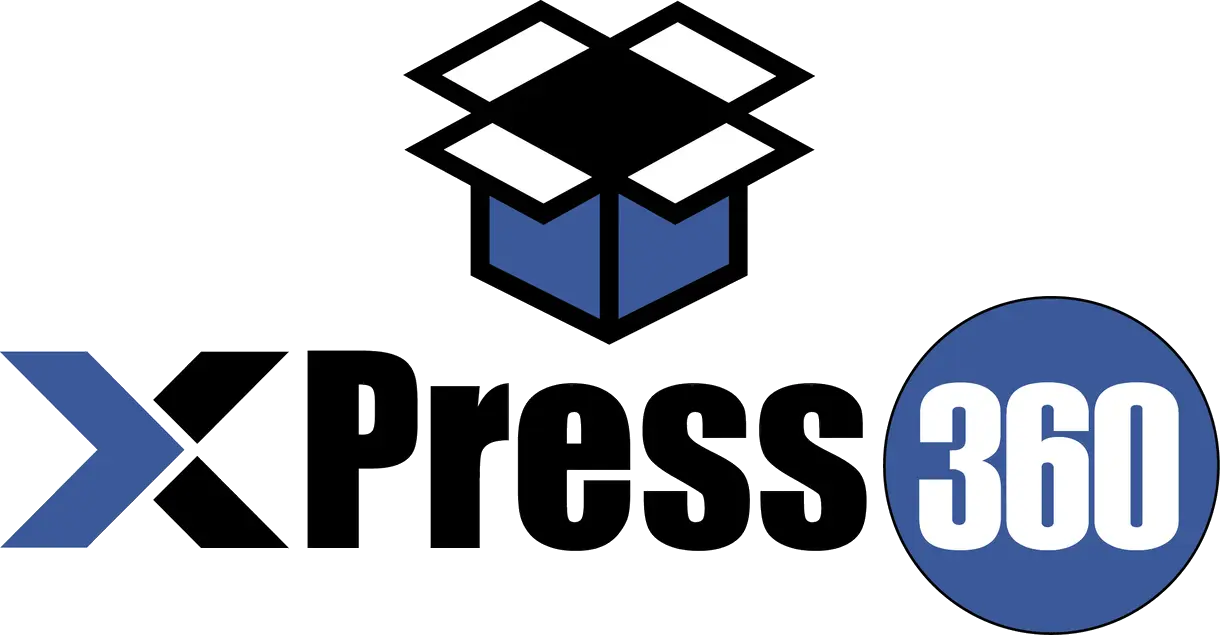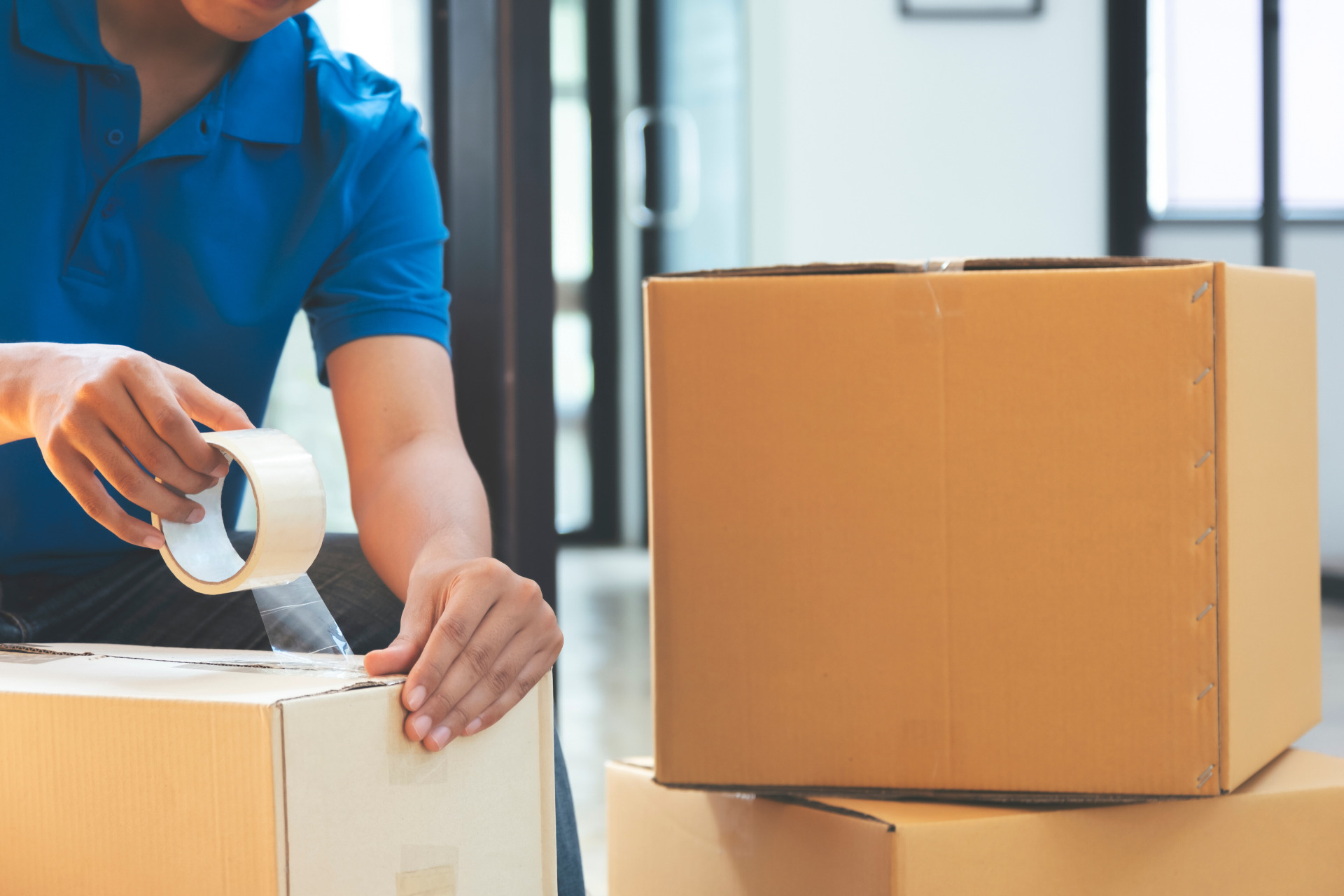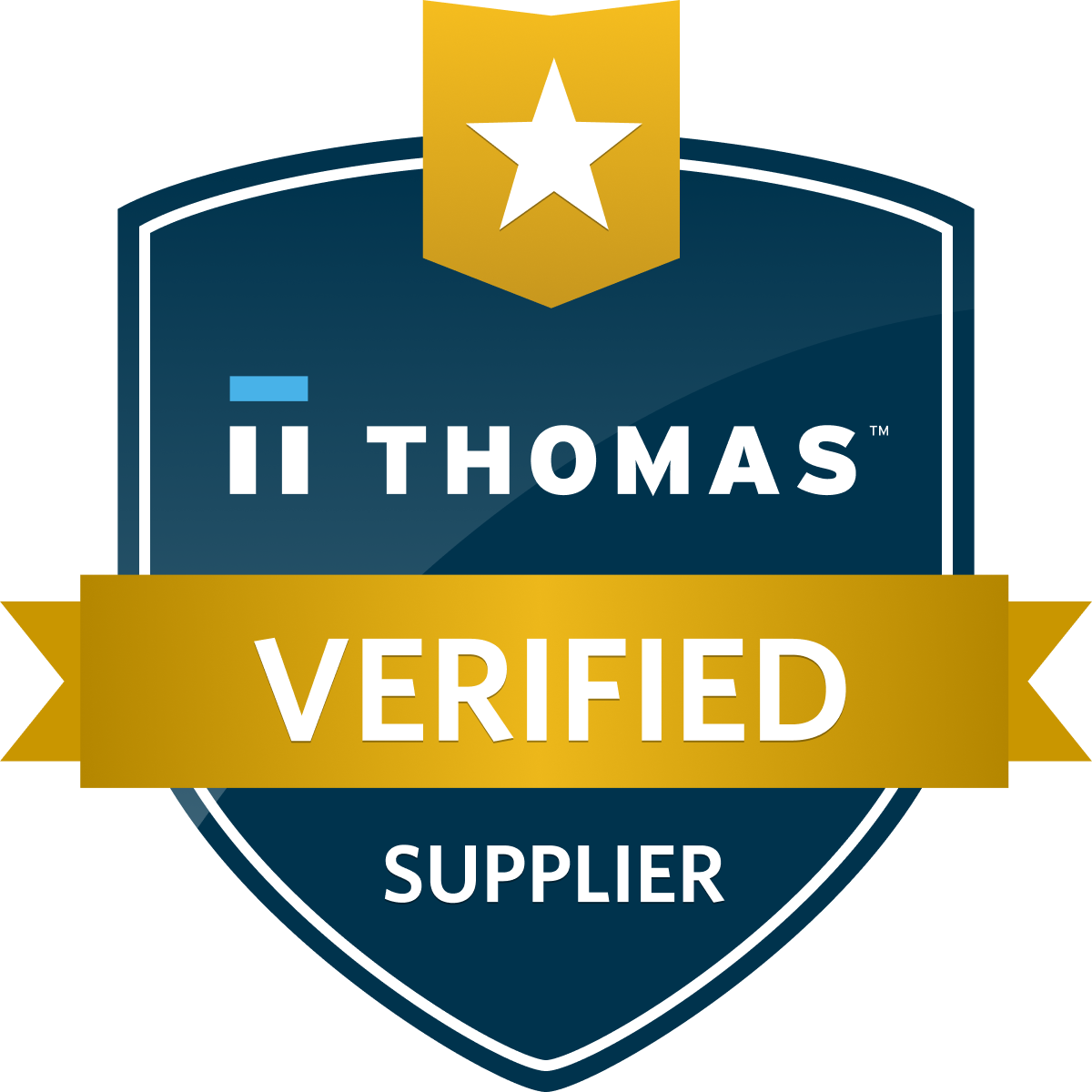In today’s fast-paced world, effective packaging plays a crucial role in attracting customers and protecting products during storage and transportation. Packaging materials and boxes come in various types, each suited for specific purposes and industries. Understanding the different options available can help businesses make informed decisions about their packaging needs. In this ultimate guide, we will explore the most common types of packaging materials and boxes, their characteristics, and their applications.
1. Corrugated Cardboard
Corrugated cardboard is one of the most widely used packaging materials due to its versatility, affordability, and eco-friendliness. It consists of three layers – an inner liner, an outer liner, and a fluted medium in between. Corrugated cardboard offers excellent strength, cushioning, and protection, making it ideal for shipping fragile items or heavy products. Its structure provides rigidity and resistance to compression, ensuring that the contents remain intact during transit.
Corrugated cardboard boxes come in various sizes and shapes, allowing for customization based on specific product requirements. They are easy to handle, stack, and store. Additionally, corrugated cardboard is highly recyclable and can be reused multiple times, reducing its environmental impact. These factors make it a preferred choice for industries such as e-commerce, retail, and logistics.
2. Plastic Packaging
Plastic packaging is known for its durability, flexibility, and transparency. It is available in various forms such as bags, bottles, trays, and containers. Plastic packaging offers resistance to moisture, chemicals, and impact, making it suitable for a wide range of products. It provides a barrier against external elements, protecting the contents from contamination and extending their shelf life.
Plastic packaging is lightweight, which helps reduce transportation costs and energy consumption. It also allows for easy product visibility, enhancing the presentation on store shelves. However, concerns regarding its environmental impact and recycling have led to the development of more sustainable alternatives, such as biodegradable plastics and bio-based materials.
3. Glass Containers
Glass containers are often chosen for their premium look, recyclability, and ability to preserve the quality and freshness of the packaged products. They are commonly used in the food and beverage industry, particularly for products like sauces, jams, and beverages. Glass containers provide an airtight seal, ensuring the integrity of the contents.
Glass packaging offers several advantages. It is impermeable to gases and moisture, preventing spoilage and maintaining the flavor and aroma of the products. Glass is also chemically inert, meaning it does not interact with the contents, ensuring that the taste and quality of the products remain unaffected. Additionally, glass is infinitely recyclable without any loss in quality, making it an environmentally friendly choice.
4. Metal Packaging
Metal packaging, primarily made of aluminum or steel, offers excellent strength, durability, and barrier properties. It is commonly used for canned foods, beverages, aerosol cans, and other products that require protection from light, oxygen, and moisture. Metal packaging provides a long shelf life for perishable goods and ensures product safety.
Metal packaging offers robust protection against external elements, preserving the freshness and quality of the packaged products. It provides a high level of resistance to impact, punctures, and tampering. Metal cans are also widely recycled, making them a sustainable packaging option. The recycling process for metal packaging requires less energy compared to producing new cans from raw materials.
5. Flexible Packaging
Flexible packaging includes materials like plastic films, foils, and laminates that can be easily molded and shaped. It is lightweight, cost-effective, and offers convenience in terms of storage and transportation. Flexible packaging is commonly used for snacks, confectionery, pet food, and other consumer goods. It allows for creative designs and printing options, enhancing product visibility on store shelves.
The flexibility of packaging materials like plastic films allows for the creation of unique shapes and sizes, optimizing shelf space and attracting consumer attention. Flexible packaging provides excellent barrier properties, protecting the contents from moisture, oxygen, and light. It also offers resealable features, allowing consumers to reseal the package after use, ensuring product freshness.
6. Paperboard Packaging
Paperboard packaging is made from thick, rigid paper and offers strength, printability, and recyclability. It is commonly used for cartons, cereal boxes, and other dry food packaging. Paperboard packaging provides an excellent surface for branding and marketing, allowing companies to create eye-catching designs and informative labeling.
Paperboard packaging is lightweight and easy to handle, reducing transportation costs. It offers good structural integrity, protecting the contents from physical damage. Paperboard is also a renewable resource and can be recycled multiple times, contributing to sustainable packaging practices. Moreover, advancements in paperboard technology have led to the development of water-resistant and grease-resistant variants, expanding its application in various industries.
7. Wood Packaging
Wood packaging, such as pallets, crates, and wooden boxes, is used extensively for transporting heavy and bulky items. It offers excellent load-bearing capacity, durability, and protection. Wood packaging is commonly utilized in industries like logistics, construction, and manufacturing. However, the rise of sustainability concerns has led to the development of alternative materials.
Wooden packaging provides a stable and secure platform for transportation, minimizing the risk of product damage. It can be customized to accommodate specific product dimensions and weight requirements. Additionally, wood is a renewable resource, and wooden packaging can be reused or recycled. However, sustainable sourcing practices and adherence to international regulations, such as ISPM 15 for wood packaging materials in international trade, are necessary to minimize the environmental impact.
8. Foam Packaging
Foam packaging, commonly made of expanded polystyrene (EPS) or polyethylene (PE), provides exceptional cushioning and shock absorption. It is commonly used for fragile items, electronics, and sensitive equipment. Foam packaging protects products from impact, vibration, and temperature changes during transit. However, efforts are being made to find more environmentally friendly alternatives to traditional foam materials.
Foam packaging materials are lightweight, reducing shipping costs while providing excellent protection. They can be easily molded to fit the shape of the product, ensuring a snug fit. Foam’s shock-absorbing properties minimize the risk of damage during transportation. However, due to its non-biodegradable nature, foam packaging can have adverse environmental effects. Therefore, companies are exploring alternatives such as biodegradable foams and recycled foam materials.
9. Biodegradable and Eco-friendly Packaging
With increasing environmental awareness, biodegradable and eco-friendly packaging materials have gained popularity. These materials are designed to break down naturally, reducing their impact on the environment. Biodegradable packaging options include compostable plastics, bio-based materials, and plant-based packaging alternatives.
Biodegradable packaging materials offer similar properties and functionalities as conventional packaging materials but with the added benefit of reduced environmental harm. They decompose into natural elements, such as water and carbon dioxide, through biological processes. This helps minimize waste accumulation in landfills and reduces the release of harmful pollutants. As the demand for sustainable packaging grows, more innovative biodegradable materials are being developed and adopted by businesses worldwide.
10. Protective Packaging
Protective packaging refers to materials used to safeguard products during shipping and handling. It includes bubble wrap, foam inserts, air pillows, and other cushioning materials. Protective packaging minimizes the risk of damage, ensuring that products reach customers in perfect condition.
Protective packaging materials offer shock absorption and cushioning properties, preventing breakage or scratches during transit. They provide a barrier against impacts, vibrations, and external pressure. Protective packaging is commonly used for fragile items, electronics, glassware, and artwork. Choosing the right protective packaging materials and methods is essential to protect products and maintain customer satisfaction.
11. Food Packaging
Food packaging plays a critical role in preserving the quality, safety, and shelf life of perishable goods. It includes various materials like plastic, glass, paperboard, and metal. Food packaging must meet stringent hygiene standards and provide effective sealing to prevent contamination and spoilage.
Food packaging materials are designed to ensure the freshness and integrity of food products. They protect against oxygen, moisture, light, and microbial contamination. Food packaging solutions include vacuum-sealed bags, cans, pouches, and bottles. Proper food packaging extends the shelf life of products, maintains nutritional value, and prevents food waste.
12. Pharmaceutical Packaging
Pharmaceutical packaging requires specific considerations to maintain the efficacy and safety of medications. It includes blister packs, vials, bottles, and ampoules. Pharmaceutical packaging materials must provide protection against moisture, light, and air, ensuring the stability and integrity of the drugs.
Pharmaceutical packaging plays a vital role in maintaining product quality, protecting against tampering, and providing accurate dosage administration. It includes features such as child-resistant closures, tamper-evident seals, and clear labeling with dosage instructions. Additionally, pharmaceutical packaging ensures proper identification and traceability of medications, contributing to patient safety and regulatory compliance.
13. Cosmetics Packaging
Cosmetics packaging is designed to enhance the appeal and functionality of beauty products. It includes bottles, tubes, jars, and compacts. Cosmetics packaging materials should be visually appealing, user-friendly, and provide adequate protection against contamination.
Cosmetics packaging plays a crucial role in brand positioning and consumer perception. It reflects the product’s image, quality, and innovation. Cosmetics packaging materials often incorporate features like airless pumps, droppers, and precision applicators to ensure product freshness, hygiene, and ease of use. Additionally, sustainable packaging options, such as refillable containers and biodegradable materials, are gaining popularity in the cosmetics industry.
14. Electronics Packaging
Electronics packaging ensures the safe transportation and protection of electronic devices. It includes materials like anti-static bags, foam inserts, and specialized packaging for components and circuit boards. Electronics packaging materials must provide electrostatic discharge protection and cushioning to prevent damage.
Electronics packaging safeguards delicate electronic components from electrostatic discharge, shock, and physical damage. It incorporates materials with high dielectric strength and dissipative properties to prevent static build-up. Customized foam inserts and protective layers are used to secure components and reduce the risk of impact damage during shipping. Effective electronics packaging minimizes the occurrence of defects, improves product reliability, and enhances the customer experience.
15. Conclusion
Choosing the right packaging materials and boxes is crucial for businesses to ensure product safety, attract customers, and enhance brand image. By understanding the various types of packaging materials available, companies can make informed decisions based on their specific needs, industry requirements, and sustainability goals. Remember to consider factors such as durability, protection, environmental impact, and customer preferences when selecting packaging options.
In conclusion, the diverse range of packaging materials and boxes provides businesses with ample choices to suit their unique requirements. From corrugated cardboard and plastic packaging to glass containers and biodegradable alternatives, each material offers distinct characteristics and advantages. It is important to prioritize sustainability and responsible packaging practices to minimize environmental impact.
FAQs (Frequently Asked Questions)
-
What factors should businesses consider when choosing packaging materials?
-
Businesses should consider factors such as durability, protection, environmental impact, customer preferences, and industry requirements when selecting packaging materials.
-
-
Are there sustainable alternatives to traditional packaging materials?
-
Yes, there are sustainable alternatives available, including biodegradable plastics, bio-based materials, and plant-based packaging options. These materials aim to reduce environmental harm and promote sustainability.
-
-
How does packaging impact product safety?
-
Packaging plays a vital role in product safety by protecting against contamination, spoilage, physical damage, and tampering. Proper packaging ensures that products reach customers in perfect condition.
-
-
What role does packaging play in brand image?
-
Packaging plays a significant role in brand image by reflecting product quality, innovation, and aesthetics. Eye-catching and well-designed packaging can attract customers and enhance brand perception.
-
-
Is it necessary to comply with international regulations for wood packaging materials?
-
Yes, businesses should comply with international regulations, such as ISPM 15, for wood packaging materials used in international trade. These regulations aim to prevent the spread of pests and ensure environmental sustainability.
-







